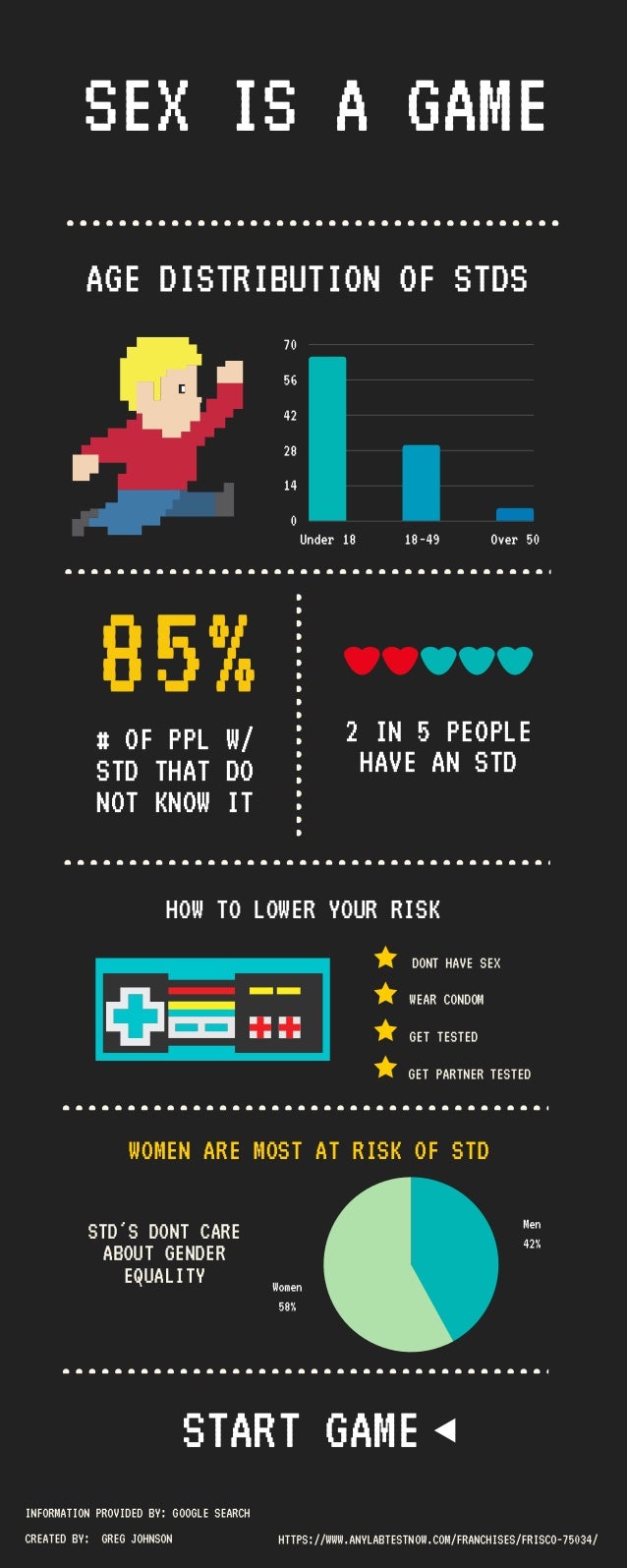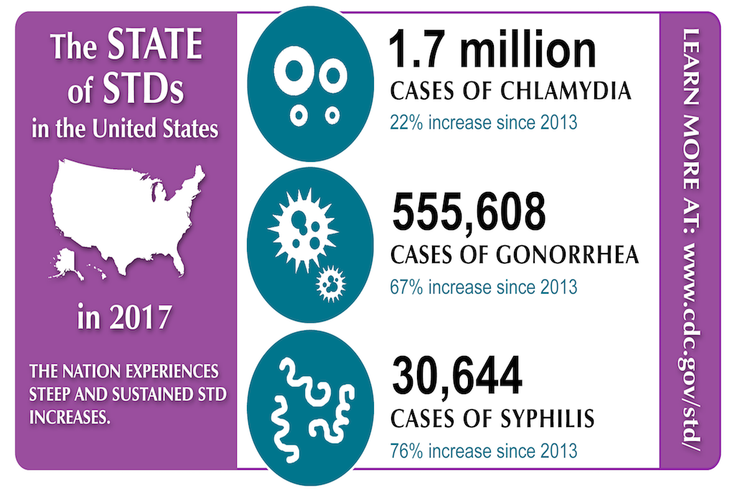Stds sexually transmitted diseases worldwide herpes genital mental medical transmision infografia educaci n
Table of Contents
Table of Contents
Sexually transmitted diseases, commonly known as STDs, are a growing concern worldwide. With the rise of STD cases, it’s essential to understand the statistics of STDs to prevent its spread. In this article, we’ll take a closer look at the statistics of STDs and how it affects us.
The Pain of STD Statistics
While discussing STDs, it’s essential to highlight its pain points. These include the impact on individuals’ physical and mental health, the cost of treatment, and the social stigma surrounding STDs. People diagnosed with STDs often feel embarrassed or ashamed, which leads to them avoiding seeking medical treatment. This, in turn, increases the risk of further spread of STDs and serious health complications.
The Target of STD Statistics
The target audience for STD statistics includes healthcare providers, policymakers, researchers, and individuals. Healthcare providers need to understand the statistics to diagnose and treat STDs effectively. Researchers and policymakers need it to develop better policies and strategies that reduce the prevalence of STDs globally. Individuals need to understand the statistics to take necessary precautions and protect themselves.
Main Points of STD Statistics
STD statistics are alarming, with more than 376 million new cases of curable sexually transmitted infections reported worldwide yearly. Chlamydia and gonorrhea are the most reported cases in the United States, with more than 2 million cases reported in 2020. Teenagers and young adults account for a significant percentage of STD cases, highlighting the importance of sex education. Safe sex practices, including using condoms, can reduce the risk of transmission. Early diagnosis and treatment can prevent severe health complications and spread of the infection.
The Impact of STD Statistics on Personal Health
STDs can affect individuals’ physical and mental health and their overall well-being. Personal experiences with STDs can be devastating, and it’s essential to understand the risks associated with unprotected sex. The fear of being infected with an STD can cause stress and anxiety, leading to depression, low self-esteem, and social isolation. Regular STD testing can help detect the infection early, and there are treatments available to help manage symptoms.
Prevalence of STDs in Young Adults
Young adults, including teenagers, are the most affected by STDs. The number of reported cases of chlamydia, gonorrhea, and syphilis in young adults increased by 4% in 2020. Lack of sex education, hesitancy to talk about sexual health, and social media pressure are some of the factors contributing to the rise of cases in young adults. It’s crucial to educate young adults about safe sex practices, including using condoms, regular STD testing, and seeking medical attention if syptoms occur.
The Importance of Safe Sex Practices
Safe sex practices refer to actions taken to reduce the risk of transmitting STDs, including the usage of condoms, practicing monogamy, and regular STD testing. Safe sex practices can significantly reduce the risk of transmission and prevent further spread of infections. Healthcare professionals recommend regular STD testing, especially for sexually active individuals or individuals with multiple partners.
STD Testing and Its Benefits
STD testing involves examining body fluids for STD pathogens. Regular STD testing can help detect STDs early, enabling swift treatment and preventing severe health complications. Individuals can talk to their healthcare providers about testing, and some clinics offer free testing for STDs.
Question and Answers about STD Statistics
Q: Can STDs be cured?
A: Some STDs, including chlamydia, gonorrhea, and syphilis, can be cured with timely and proper treatment. However, other STDs like herpes and HIV are not curable but can be managed with medications.
Q: What’s the best way to prevent STD transmission?
A: The best way to prevent STD transmission is by practicing safe sex practices, including using condoms and regular STD testing.
Q: Are STDs only transmitted through sexual contact?
A: No, STDs can also be transmitted through other ways like mother-to-child, sharing needles with infected individuals, and skin-to-skin contact.
Q: Can you get an STD from oral sex?
A: Yes, oral sex can transmit STDs like herpes, gonorrhea, and syphilis. Using a dental dam or condom can reduce the risk of transmission.
Conclusion of STD Statistics
STDs are a growing concern worldwide, and it’s essential to understand the statistics to prevent its spread and protect personal health. Safe sex practices, including using condoms and regular STD testing, can significantly reduce the risk of STD transmission. Awareness, education, and regular testing are some of the key strategies in reducing the prevalence of STDs globally.
Gallery
STD Statistics Frisco Texas

Photo Credit by: bing.com / std statistics slideshare frisco texas most stds upcoming
When Should My Daughter Get STD Testing And Why Is It Important

Photo Credit by: bing.com / std cdc statistics stds testing important daughter should why when stats phillyvoice source
STD Statistics Worldwide | Infographic Health, Sexually Transmitted

Photo Credit by: bing.com / stds sexually transmitted diseases worldwide herpes genital mental medical transmision infografia educación
14 Best All About STDs Images On Pinterest | Infographic, Infographics

Photo Credit by: bing.com / infographic texas statistics stds std good infographics facts bigger isn thing always being chlamydia health awareness information hiv syphilis
Sex Specs: Sexually Transmitted Disease Statistics

Photo Credit by: bing.com / statistics sexually transmitted disease std sti diseases cases sex spreading infection today specs





